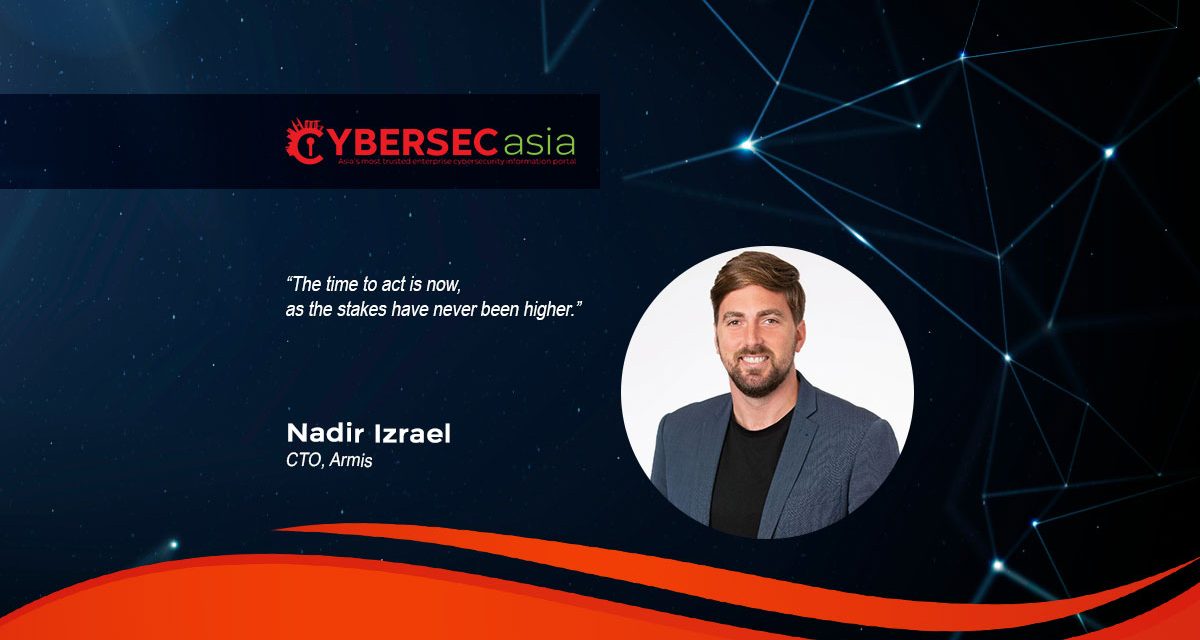From AI-emboldened organized cybercriminals to state-sponsored quantum threats, the cyber landscape could run out of control unless we act now
As we approach 2025, the notion of warfare is increasingly shifting from the physical to the digital domain. Cyber warfare, once considered a supplementary tool for traditional military operations, has now emerged as a primary weapon for nations seeking to assert dominance or inflict damage on their adversaries without the need for physical conflict.
Simply put, it is easier, requires fewer resources, and can often cause maximum damage without sustained efforts.
The rise of AI-driven cyber weapons, zero-day vulnerabilities, and state-sponsored cyberattacks is creating an unprecedented era of digital warfare.
Our list of concerning 2025 threats
-
Escalation of state-sponsored cyberattacks
Nation-states and rogue factions are rapidly integrating cyberattacks into their military arsenals, with cyber operations becoming a first-strike option in geopolitical conflicts. By targeting critical infrastructure (such as energy grids, communication networks, transportation systems, and supply chains), these attacks can cripple an entire national infrastructure and create mass chaos without a single physical shot being fired.
In 2025, we expect to see an escalation in such cyberattacks aimed at creating widespread disruption and psychological stress. These attacks will be characterized by increased sophistication as governments turn to advanced technologies, including AI-driven malware, to out-maneuver their targets.
-
Emergence of AI-driven cyber weapons
The next generation of cyber weapons will be powered by machine learning algorithms that allow them to autonomously learn, adapt, and evolve. AI-driven malware, for example, will be capable of dynamically changing its code to evade detection, bypassing even the most advanced security measures.
The combination of speed, intelligence, and adaptability makes AI-driven cyber weapons harder to defend against and far more destructive. In 2025, we may see AI-designed attacks that overwhelm cybersecurity teams by generating thousands of variants of malware or exploiting zero-day vulnerabilities faster than defenders can respond.
-
Blurred lines between military and civilian targets
The distinctions between military and civilian infrastructure are rapidly blurring in the cyber domain. Hospitals, water utilities, transportation networks, and even personal smart devices have become prime targets for cyberattacks.
In 2025, civilian infrastructure is expected to be on the frontlines of cyber warfare. The risks posed to civilians are no longer secondary concerns in cyberwarfare, but key objectives.
-
Quantum threats
State-sponsored actors that invest heavily in quantum research could gain the ability to decrypt sensitive data previously considered secure and/or passwords that in the past were not easily guessed.
In 2025, this will trigger a race to develop quantum-resistant encryption standards and new password methodologies, but until then, the threat of quantum-enabled cyberattacks looms large.
-
Cyber espionage
Intellectual property theft and cyber espionage are likely to intensify as nation-states seek to gain competitive advantages in emerging technologies, including AI, biotechnology, and quantum computing. The strategic importance of these technologies cannot be overstated, as they are central to the future of economic and military power.
In 2025, we expect to see more targeted attacks on research institutions, tech firms, and critical infrastructure linked to these innovations.
-
Global cybersecurity cooperation breakdowns
As cyberwarfare tactics become more sophisticated and geopolitical stakes rise, we may see a breakdown in international cooperation on cybersecurity. Distrust between nations and diverging national interests could lead to fragmented defense efforts, making it harder to mount a unified response to global cyber threats.
In 2025, the challenge will be technical as well as political, as nations navigate the complex terrain of cyber diplomacy.
-
Weaponization of IoT Devices
The proliferation of Internet of Things (IoT) devices introduces an alarming attack surface for cyber actors. In 2025, we expect to see the weaponization of IoT devices, with cyberattacks targeting everything from individual households to nationwide infrastructures.
-
Cyber mercenaries and proxy actors
A new breed of actors is emerging on the cyber battlefield: cyber mercenaries and proxy groups. These private contractors operate in the shadows and often conduct operations on behalf of nation-states, often with plausible deniability.
In 2025, we will see increased involvement of these proxy actors. This will lead to heightened uncertainty and confusion, as attacks can no longer be easily attributed to state actors, further muddying the waters of cyberwarfare.
Defenses strategies for 2025
The question we must ask is: how can we protect our most vulnerable infrastructures from the fallout of digital warfare next year? The answers may lie in all the following strategies:
- Holistic risk prioritization through unified security management
A “single-pane-of-glass” strategy consolidates security insights from diverse inputs like source code, misconfigurations, and vulnerabilities. This approach will become essential to navigating the complexities of cyberwarfare in 2025.
Unified security management platforms that integrate early warning intelligence and risk prioritization across an enterprise’s entire infrastructure will be the cornerstone of cyber defense strategies. By offering a clear, comprehensive view of security vulnerabilities, risks, and threats, such solutions can help organizations make more-informed decisions and mitigate risks preemptively.
- Expanding the scope of vulnerability management
In 2025, vulnerability management will expand beyond traditional vulnerabilities. Organizations will need to consider security gaps, such as compliance failures, misconfigurations, and operational blind spots, as integral parts of their defense strategy.
Adopting a broader vulnerability management framework that captures the full spectrum of security risks, along with AI-based alarm deduplication, prioritization, assignment, and mitigation, will be critical in maintaining resilience in the face of evolving cyber threats.
Equally important will be fostering international collaboration, as cyberwarfare knows no borders, and the only way forward is through collective defense. The time to act is now, as the stakes have never been higher.

















